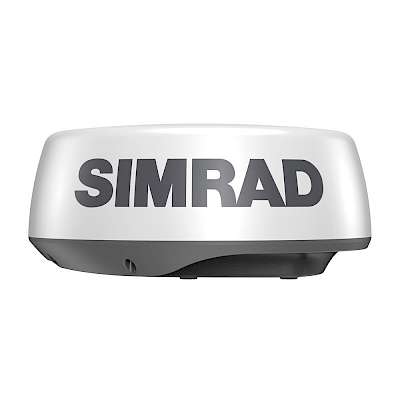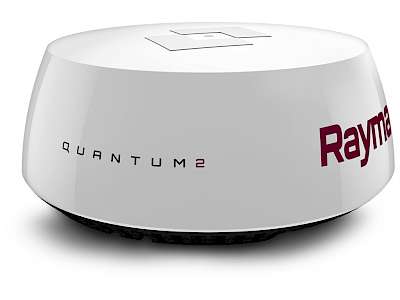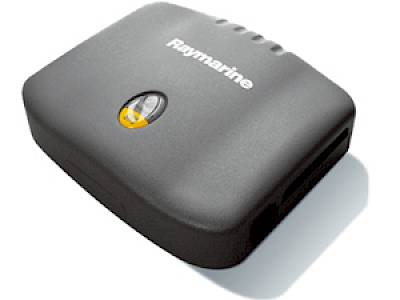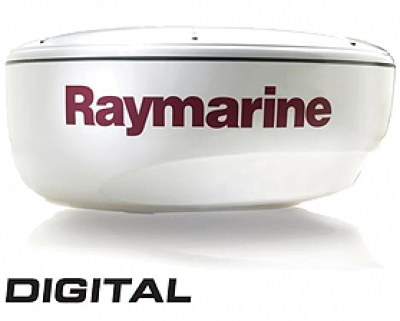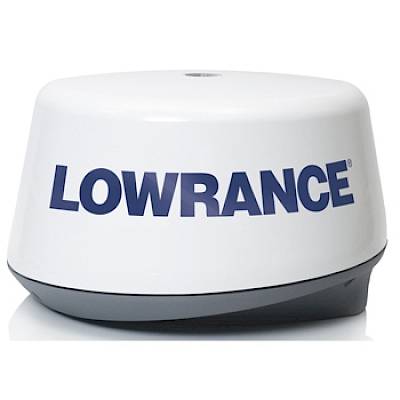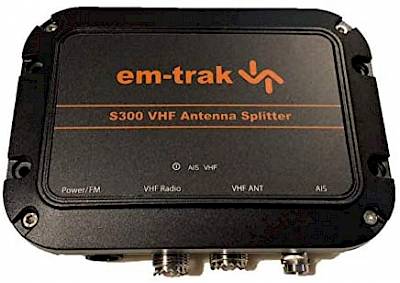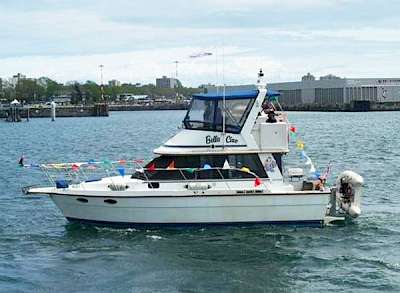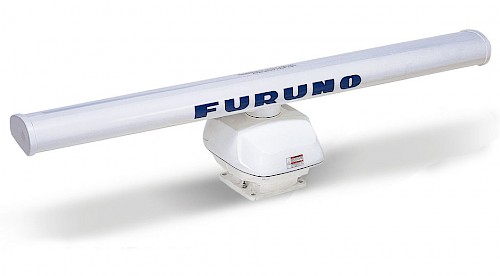
Radar Antenna Placement
The subject of antenna placement can be complex, but today we are just going to talk about radar antennas, which come in two major kinds: open array and radome (or closed array). Aside from performance differences, both kinds function much the same with regard to placement. The first and most important concern when choosing where to place your radar antenna is crew and passenger safety. Radar antennas (with the exception of modern broadband radars) emit a narrow horizontal beam of strong microwave radiation, at about 9.4 GHz. Although there is some debate about how harmful the typical pleasure boater's radar array is, prolonged exposure is not recommended, especially to people's heads. The more powerful the radar, the more hazards it poses. Because the power is much less above or below this horizontal beam, the radar antenna must be mounted above head level of any passenger area of the boat.
Next, look for other obstructions in the radar beam's horizontal path. Any obstruction can cause "shadowing" -- the inability of the radar to pick up objects on the far side of the obstruction. Often you can't avoid placing the radar antenna near an obstruction, such as a mast. In this case, the radar should be mounted ahead of the obstruction so that shadowing is limited to the stern of the vessel. A radar antenna generates sufficient power to disrupt VHF (and other signals) and has even been known to damage GPS receivers. Different antennas must be placed a certain minimum distance from an operating radar antenna; placement above or below the radar beam may even be required. Refer to your equipment instructions for more information on minimum safe distances.
Sometimes in boat design, form beats function, and designers often opt for antenna placements that look great rather than work great. We see it all the time. Often it is impossible to build the ideal antenna setup, and a compromise is made between what is practical and the loss of some performance. If you are buying a new boat, having new electronics installed, or having problems with your existing electronics, make sure you are aware of antenna placement.
Related Content





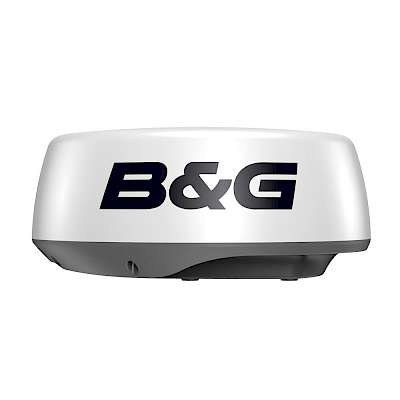
 $3,103.65
$3,103.65 $2,247.82
$2,247.82
